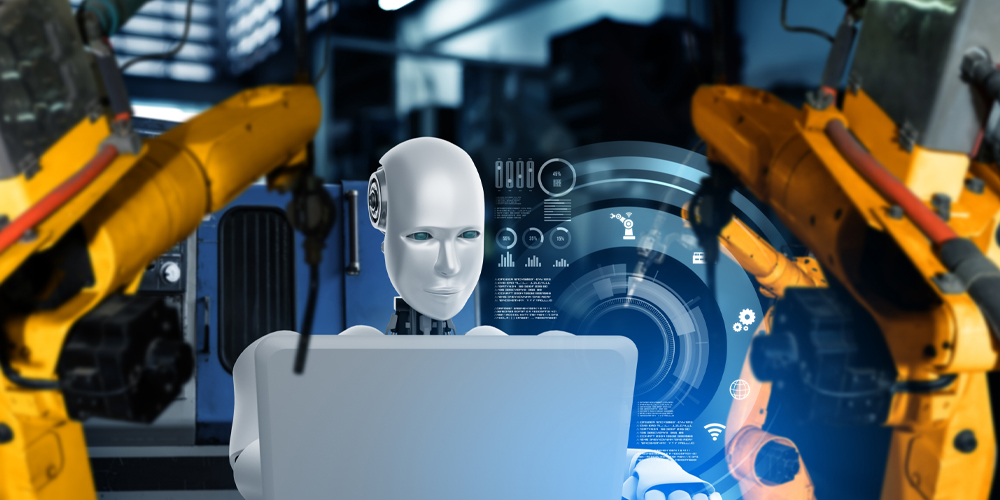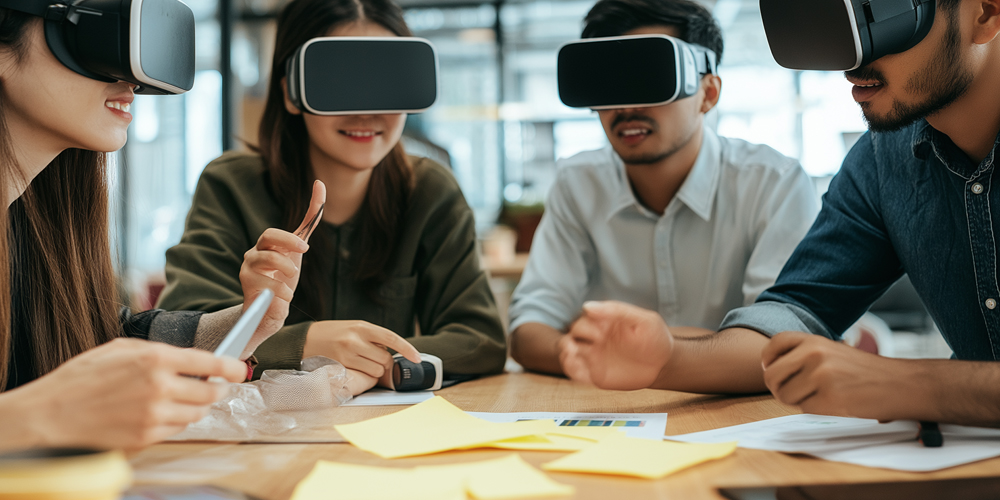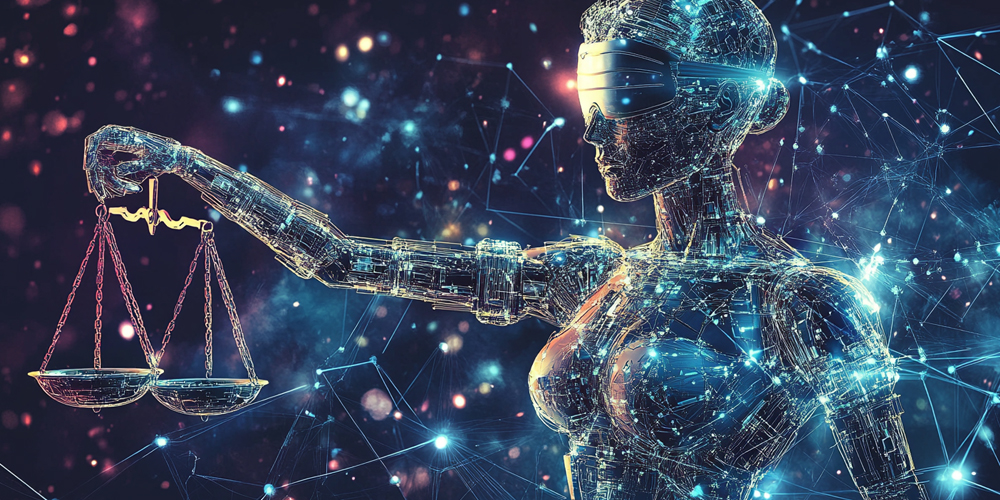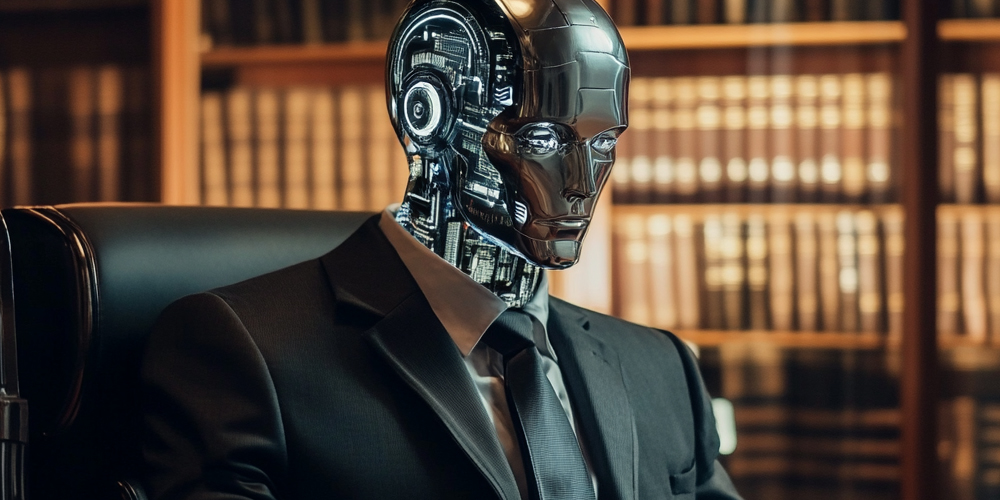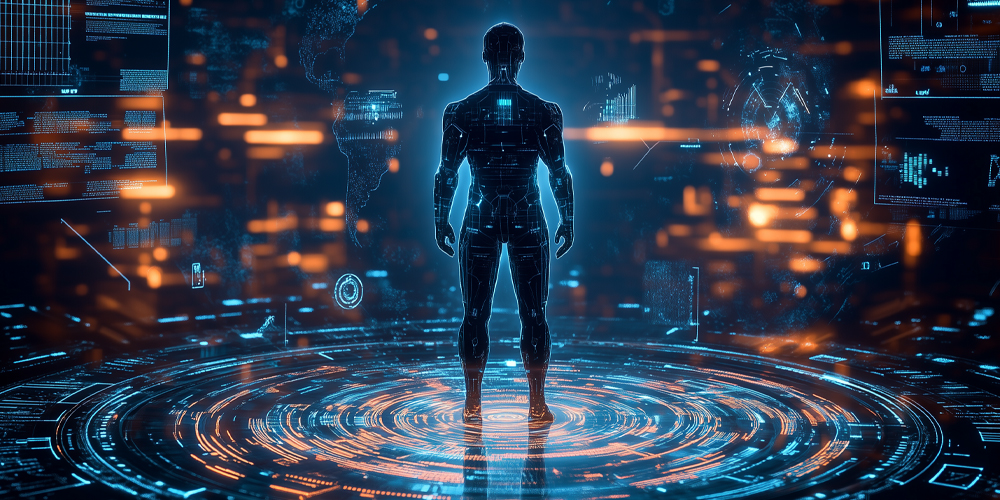Computer vision, a subfield of artificial intelligence (AI), is transforming various industries. By enabling machines to interpret and understand visual data, computer vision is enhancing processes, improving efficiency, and creating new opportunities. This article explores how computer vision is revolutionizing industries and its potential future impact.
What is Computer Vision?
Computer vision is a fascinating field within artificial intelligence (AI) that focuses on enabling computers to process and analyze visual information from the world. By mimicking the way humans perceive and understand visual data, computer vision systems can recognize objects, detect patterns, and interpret images and videos. This capability has led to transformative applications across various sectors, reshaping industries and enhancing everyday experiences.
How Computer Vision Works
At its core, computer vision utilizes algorithms and mathematical models to analyze visual data. This process begins with image acquisition, where cameras or sensors capture visual information. Once the data is collected, it undergoes preprocessing, which involves enhancing the quality of the images and preparing them for analysis. Techniques such as noise reduction, contrast adjustment, and normalization are commonly applied at this stage.
After preprocessing, the computer vision system employs various algorithms to interpret the visual data. Machine learning and particularly deep learning techniques play a crucial role in this process. Deep learning algorithms, such as convolutional neural networks (CNNs), can automatically learn features from images. These networks analyze pixel patterns and identify key attributes, enabling them to recognize complex objects and scenes.
Key Applications of Computer Vision
The applications of computer vision span numerous sectors, showcasing its versatility and impact:
- Healthcare: In medical imaging, computer vision algorithms assist in diagnosing diseases by analyzing X-rays, MRIs, and CT scans. This technology helps radiologists identify abnormalities quickly and accurately.
- Automotive: Computer vision is essential for developing autonomous vehicles. These systems rely on visual data to detect obstacles, read traffic signs, and navigate safely.
- Retail: In retail, computer vision enhances customer experiences by enabling smart checkout systems and personalized marketing strategies based on customer behavior.
- Agriculture: Farmers use computer vision to monitor crop health, detect diseases, and optimize resource usage through precision agriculture techniques.
The Future of Computer Vision
As technology continues to advance, the future of computer vision looks promising. Ongoing research aims to improve the accuracy and efficiency of computer vision systems. Innovations in AI, combined with better hardware and sensors, will expand the capabilities of computer vision, enabling even more complex applications.
In conclusion, computer vision is a dynamic and rapidly evolving field that empowers computers to interpret visual information. Its diverse applications across various industries are reshaping how we interact with technology and the world around us. With ongoing advancements, computer vision is set to become an even more integral part of our lives.
How Computer Vision Works
Computer vision relies on machine learning techniques, particularly deep learning. By using large datasets, algorithms can learn to identify and categorize images. For example, convolutional neural networks (CNNs) are widely used for image classification tasks. These networks analyze image pixels and detect features, allowing them to recognize patterns.
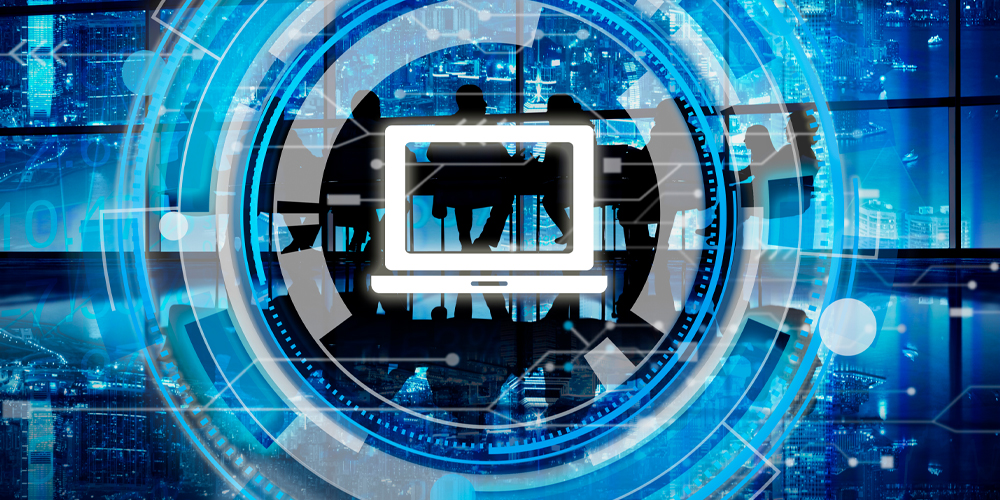
Transforming Healthcare
One of the most significant impacts of computer vision is in the healthcare sector, where it plays a vital role in enhancing diagnostics and patient care through advanced imaging techniques. The ability to analyze medical images accurately and efficiently has transformed how healthcare professionals approach diagnostics.
Advanced Imaging Techniques
Computer vision algorithms are designed to analyze various types of medical images, including X-rays, MRIs, and CT scans. By utilizing deep learning models, these algorithms can identify patterns and detect abnormalities that may not be immediately apparent to the human eye. For instance, in radiology, AI systems can assist radiologists by highlighting potential areas of concern, such as tumors or fractures, thereby improving the speed and accuracy of diagnoses.
Improving Diagnostic Accuracy
Studies have shown that computer vision technologies can match or even exceed the diagnostic performance of human experts in specific tasks. For example, AI-driven image analysis has been successfully used in detecting conditions such as breast cancer through mammograms and lung cancer in chest X-rays. By providing a second opinion, these systems enhance the diagnostic process and can lead to earlier detection and treatment, which is crucial for improving patient outcomes.
Streamlining Workflow
In addition to improving diagnostic accuracy, computer vision can streamline workflows in healthcare settings. Automated image analysis reduces the time required for radiologists to review images, allowing them to focus on patient consultations and complex cases. This efficiency not only enhances productivity but also improves the overall quality of patient care.
Telemedicine and Remote Monitoring
Computer vision also plays a role in telemedicine. By analyzing video feeds, AI can assess patient conditions remotely. This capability is especially valuable in rural areas where access to healthcare is limited. Remote monitoring can facilitate better management of chronic conditions and reduce hospital visits.
Revolutionizing the Automotive Industry
In the automotive industry, computer vision is pivotal for the development of autonomous vehicles. These vehicles rely on computer vision systems to interpret their surroundings, ensuring safe navigation.
Object Detection and Recognition
Autonomous vehicles use computer vision for object detection and recognition. Sensors and cameras gather visual data, while AI algorithms analyze this information in real-time. The system identifies obstacles, traffic signs, and pedestrians, allowing the vehicle to make informed decisions.
Enhancing Safety Features
Computer vision also enhances safety features in traditional vehicles. Advanced driver-assistance systems (ADAS) utilize computer vision for functions like lane-keeping assistance and automatic emergency braking. By improving safety, these technologies reduce accidents and save lives.
Boosting Retail Efficiency
Retailers are leveraging computer vision to enhance customer experiences and optimize operations. From inventory management to personalized marketing, the applications are diverse.
Inventory Management
Computer vision technology can monitor inventory levels in real-time. By analyzing video feeds from store shelves, retailers can track product availability and detect stockouts. This efficiency helps reduce waste and ensures customers find what they need.
Personalized Shopping Experiences
In addition to inventory management, computer vision can analyze customer behavior. Retailers can use this data to create personalized shopping experiences. For example, computer vision can track customer movements within a store, allowing for targeted promotions based on their preferences.
Advancing Agriculture
In agriculture, computer vision is revolutionizing crop management and increasing yields. Farmers are adopting this technology to monitor crops and improve decision-making.
Crop Monitoring and Health Assessment
Computer vision systems can analyze images taken from drones or satellites. These systems assess crop health by detecting signs of disease or nutrient deficiencies. Early detection allows farmers to take corrective action, optimizing yields and minimizing losses.
Precision Farming
Computer vision enables precision farming techniques. By analyzing visual data, farmers can apply fertilizers and pesticides more accurately. This targeted approach reduces chemical usage and enhances sustainability.
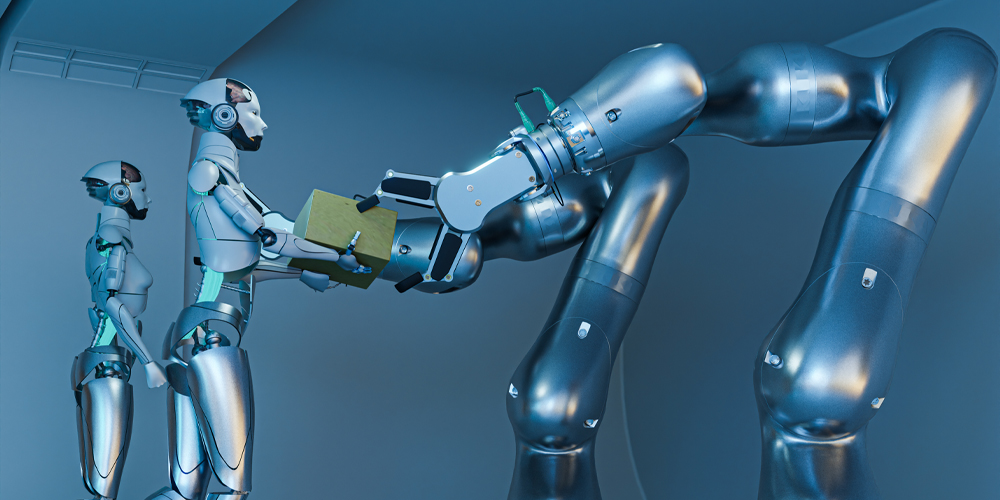
Future Prospects of Computer Vision
The potential of computer vision continues to expand as technology advances. Innovations in AI, machine learning, and sensor technology will drive further development.
Integration with Other Technologies
Future applications of computer vision may involve integration with other technologies, such as the Internet of Things (IoT). This combination can create smarter environments where machines communicate and collaborate seamlessly. For example, in smart cities, computer vision can optimize traffic management and enhance public safety.
Ethical Considerations
As with any technology, ethical considerations surrounding computer vision are crucial. Issues such as privacy and surveillance must be addressed to ensure responsible use. Stakeholders need to develop frameworks that balance innovation with ethical standards.
Conclusion
In conclusion, computer vision is revolutionizing industries by enhancing processes and creating new opportunities. From healthcare to agriculture, the applications of this technology are vast and impactful. As advancements continue, computer vision will play an increasingly vital role in shaping the future of various sectors. By embracing these innovations, businesses can enhance efficiency, improve customer experiences, and drive growth.
